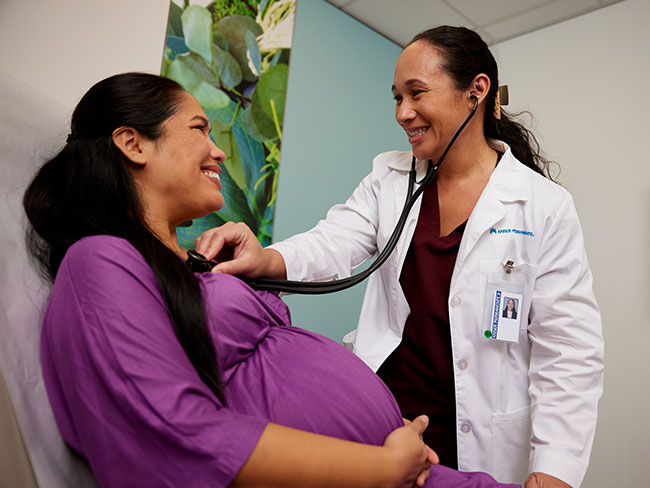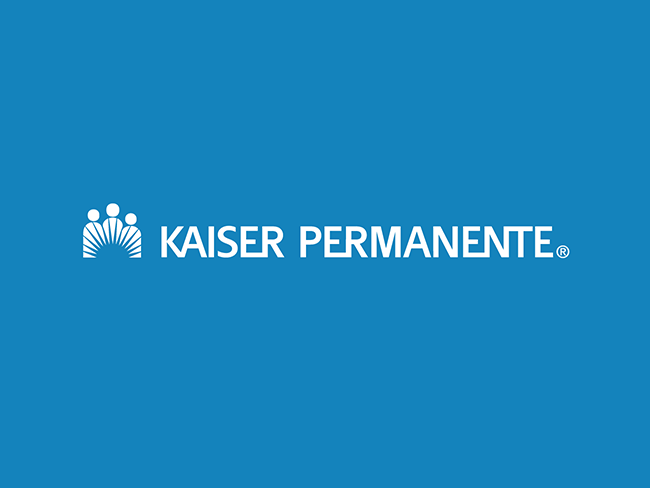Kaiser Foundation Health Plan/Hospitals Q3 2019 financials
Consistent financial results position Kaiser Permanente to continue delivering on its mission.
Kaiser Permanente’s mission is to provide high-quality, affordable health care services and to improve the health of its members and the communities it serves. As nonprofit organizations, Kaiser Foundation Health Plan, Inc. and Kaiser Foundation Hospitals devote resources to advancing their mission through investments in integrated care delivery and in programs to make health care more affordable while improving member and community health.
“Our financial performance demonstrates the value of our integrated health care model,” said chairman and chief executive officer, Bernard J. Tyson. “As a nonprofit organization, our operating income allows us to invest in capital projects and other programs that result in better care and more affordability for our members.”
Third quarter 2019 results
For the quarter ended September 30, 2019, KFHP/H reported combined operating revenues of $20.9 billion and operating expenses of $20.3 billion compared to combined operating revenues of $19.9 billion and operating expenses of $19.2 billion in the same period of the prior year. The year-over-year increase in operating revenues was driven by changes in membership mix. Operating income was $615 million or 2.9% of operating revenues in the third quarter of this year, compared to $636 million or 3.2% of operating revenues in the third quarter of last year.
Total other income and expense — generated largely by returns on investments — was $556 million in the third quarter of this year, compared to $248 million in the same period of the prior year, driven by strong investment performance. Net income was $1.2 billion for the third quarter.
“A strong financial position allows us to make investments in technology, infrastructure, and our people. We have a responsibility to sustain and enhance the value of Kaiser Permanente for our members and communities,” said executive vice president and chief financial officer, Kathy Lancaster. “It is vital that we maintain fiscal discipline to drive affordability and continue to be dynamic in a volatile and challenging health care environment.”
Historically, operating margins in the first half of the year tend to be higher due to the open enrollment cycle. Kaiser Permanente typically sees lower operating margins in the second half of the year as expenses tend to increase throughout the year relative to operating revenues.
Membership
Kaiser Permanente’s membership totaled 12.2 million as of September 30, 2019, an increase of more than 75,000 compared to September 30, 2018.
Capital spending
Capital spending of $891 million in the third quarter reflects ongoing investments in upgrading and opening new facilities, as well as in technology.
In the third quarter, KFHP/H opened new medical offices in Virginia (Colonial Forge Medical Offices), Oregon (Keizer Station Dental Office), and California (Fremont Mental Health and Wellness/Psychiatry, Porter Ranch Medical Offices, and Riverside Cirby Medical Offices). These additions bring the total number of medical offices nationwide to 706, along with 39 hospitals. There are presently more than 95 capital projects in active design or construction phases expected to be completed over the next 5 years.
Improving community health
In 2018, Kaiser Permanente spent $2.8 billion on community health. As a mission-based nonprofit, Kaiser Permanente recognizes that good health requires more than health care, so it goes beyond its walls to improve conditions for health in the communities where its members live, learn, work, and play. Highlights of third quarter investments in community health include:
- $41 million in grants pledged to community-based organizations that improve greater access to physical and mental health care for people most in need in Kaiser Permanente communities, address affordable housing and homelessness, support future workforce training and education programs, and more.
- The launch of the Food for Life strategy to help members and the communities we serve access the food and nutrition needed to live a full and healthy life. The first initiative is an outreach campaign to encourage eligible Kaiser Permanente members to enroll in CalFresh, California’s supplemental nutrition assistance program.
Kaiser Permanente will provide full year 2019 spend on community health in the Q4 2019 financial update.
Q3 2019 and 2018 financial summary
($ in millions, except %) |
Q3 2019 | Q3 2018 |
| Total operating revenues | $20,912 | $19,867 |
| Operating expenses | $20,297 | $19,231 |
| Operating income | $615 | $636 |
| Operating margin | 2.9% | 3.2% |
| Total other income and expense | $556 | $248 |
| Net income | $1,171 | $884 |
| Capital spending | $891 | $760 |
Note: Effective January 1, 2019, KFHP/H adopted the provisions of ASU 2016-01, Financial Instruments — Overall, which requires that changes in estimated fair value for equity securities be recognized in total other income and expense. Previously, changes in estimated fair value were recorded on the balance sheet within net worth as unrealized gains or losses.
For more information, contact: Diana Yee, 510-271-6671, diana.m.yee@kp.org
Footnotes:
Certain statements included in this document may constitute “forward-looking statements.” Such statements are generally identifiable by the terminology used, such as “plan,” “project,” “forecast,” “expect,” “estimate,” “budget,” or other similar words. The achievement of certain results or other expectations contained in such forward-looking statements involve known and unknown risks, uncertainties, and other factors which may cause actual results, performance, or achievements described to be materially different from any future results, performance, or achievements expressed or implied by such forward-looking statements. Accordingly, actual results will vary and the variations may be material. None of the Kaiser organizations plan to issue any updates or revisions to those forward-looking statements if or when expectations change, or events, conditions, or circumstances on which such statements are based occur.



















